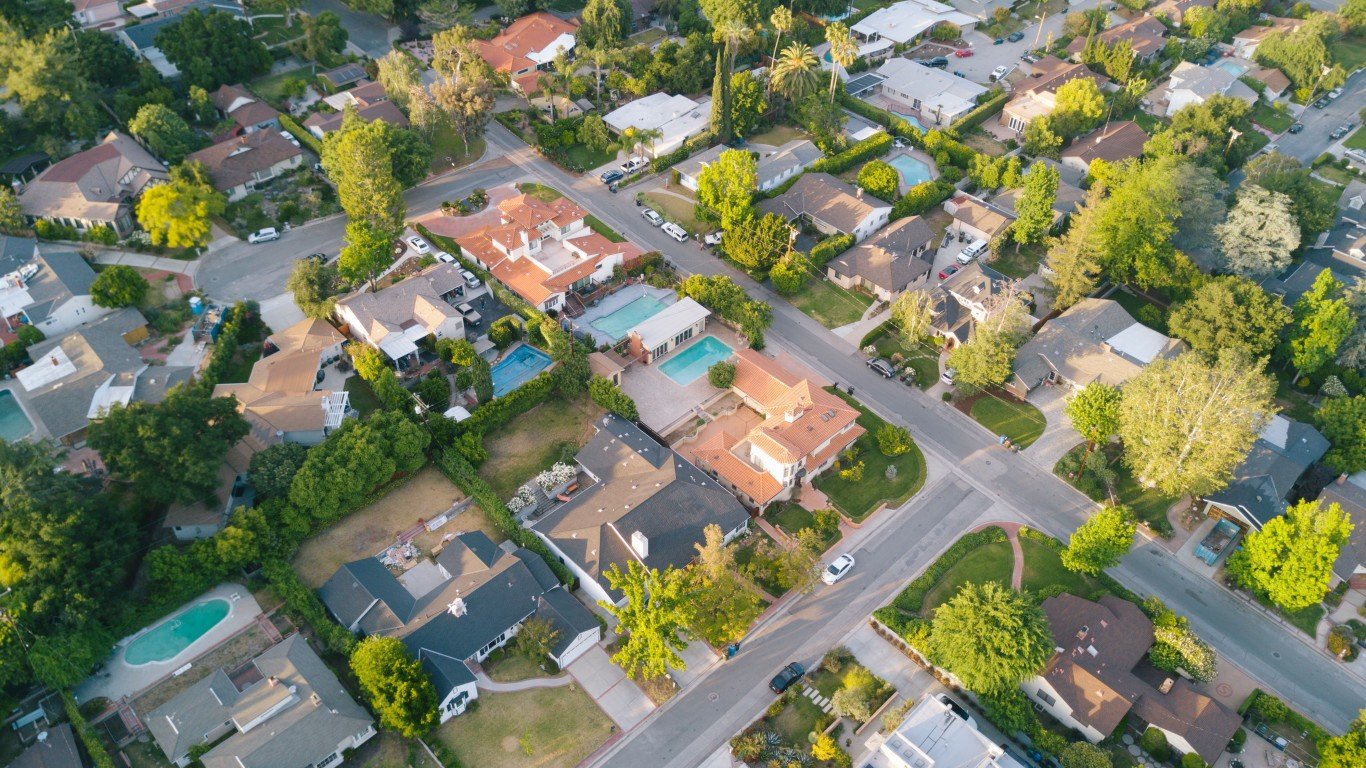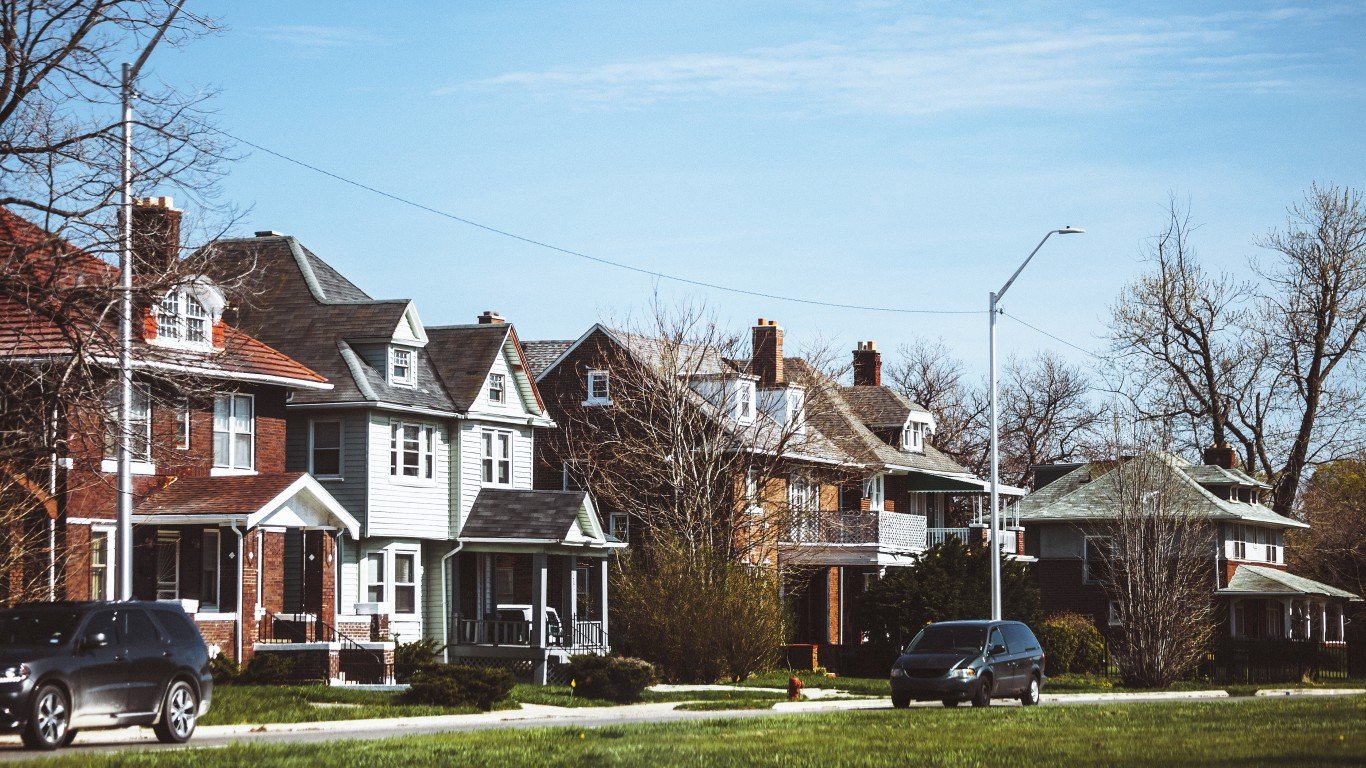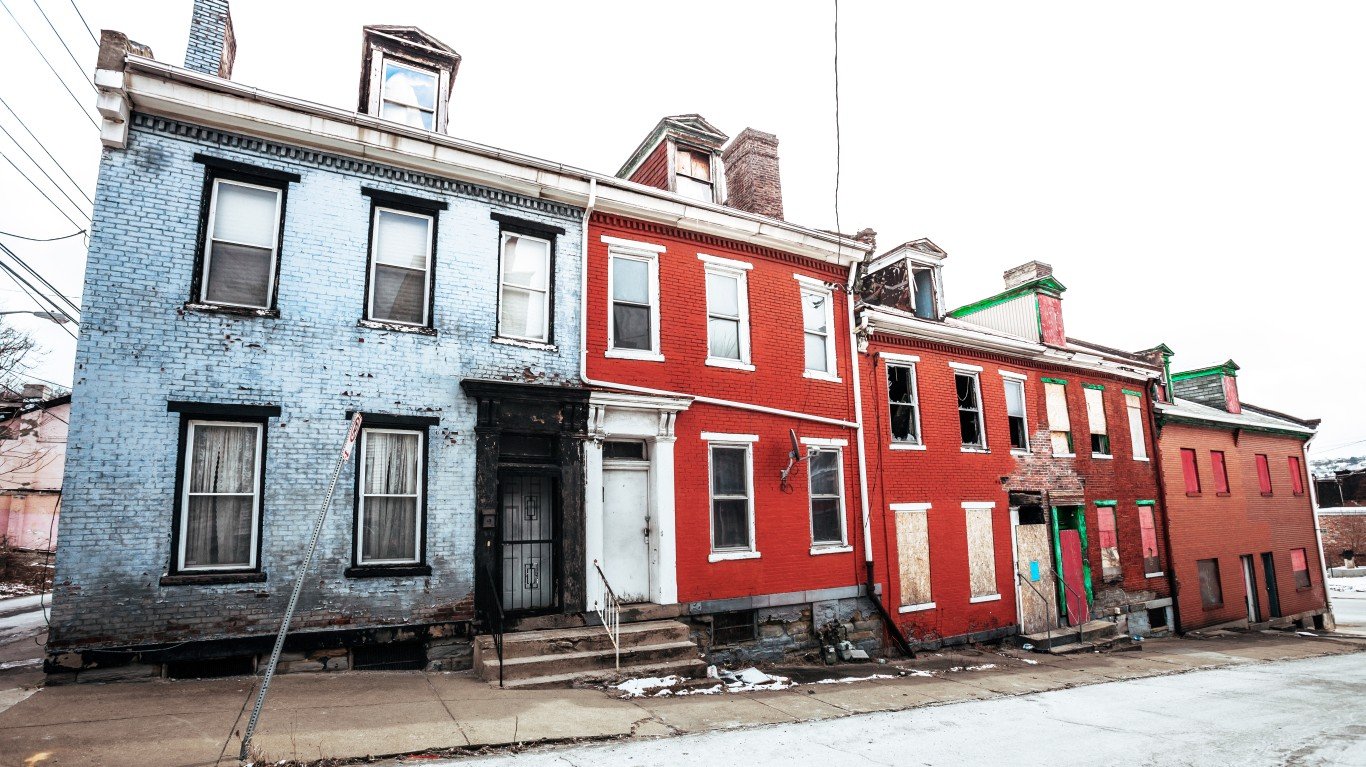

The share of home mortgage loan payments that were 30 days or more past due fell to 3.8% in September, remaining at its lowest level in more than 20 years. Month over month the overall delinquency rate increased by 0.1 percentage points, but it had declined by 0.6 points since September 2018. The foreclosure inventory rate fell from 0.5% to 0.4% year over year, again a 20-year low.
The foreclosure rate remained below the average pre-crisis level of 0.6%. Since March of 2018, the overall delinquency rate in each month had been lower than it was in the pre-housing-crisis period between 2000 and 2006, when the average was 4.7%.
CoreLogic reported the data in its Loan Performance Insights report for September published Tuesday morning. Early-stage delinquencies, defined as 30 to 59 days past due, fell by 0.3 points year over year to 1.9% year over year in September. The share of mortgages that were 60 to 89 days past due in September was 0.6%, down 0.1 points compared with last year’s rate. According to CoreLogic, measuring early-stage delinquency rates is important for analyzing the health of the mortgage market.
The share of mortgages that transitioned from current to 30 days past due was 0.8% in September 2019, down 0.4 percentage points compared to a year ago. This year’s rate remains below the transition rate of 1.2% just before the housing crisis struck and well below the peak rate of 2% in November 2008.
Serious delinquency rates (defined as 90 days or more past due) fell from 1.5% in September 2018 to 1.3% this past September, below the average for the pre-crisis period of 2000 through 2006. Serious delinquency rates declined in 45 states during the month, remained unchanged in the others.
CoreLogic’s chief economist, Dr. Frank Nothaft, said:
The decline in delinquency rates in North and South Carolina compared with a year ago reflect the recovery from Hurricanes Florence and Michael, which hit in the autumn of 2018. Shortly after a natural disaster, we tend to see a spike in delinquency rates. Depending on the extent of devastation, serious delinquency rates generally return to their pre-disaster levels within a year.
Frank Martell, president and CEO of CoreLogic, added:
The strong labor market in the United States along with continued prudent underwriting practices for mortgage origination have combined to power favorable loan performance over the past few years. Unemployment reached a 50-year low in September 2019, which helped push annual delinquency rates downward for the 21st consecutive month and we expect this trend to continue as we enter into the new year.”
Mortgage rates on a 30-year fixed-rate loan slipped to 3.76% on Tuesday, as yields on the 10-year Treasury note ticked up to 1.83%.
Among the nation’s largest cities, New York (5.1%) and Miami (5.0%) have the highest rate of mortgages at least 30 days past due. San Francisco had the lowest rate, 1.3%.
The states with the highest rates of mortgages at least 30 days past due are Mississippi, Louisiana, New York, Alabama and Arkansas, all with rates of at least 5% compared to the national average of under 4%. The states with the lowest rates of mortgages at least 30 days past due are North Dakota, Idaho, Washington, Oregon and Colorado, all with rates of around 2% or below.
Sponsored: Find a Qualified Financial Advisor
Finding a qualified financial advisor doesn’t have to be hard. SmartAsset’s free tool matches you with up to 3 fiduciary financial advisors in your area in 5 minutes. Each advisor has been vetted by SmartAsset and is held to a fiduciary standard to act in your best interests. If you’re ready to be matched with local advisors that can help you achieve your financial goals, get started now.
Thank you for reading! Have some feedback for us?
Contact the 24/7 Wall St. editorial team.
 24/7 Wall St.
24/7 Wall St.


